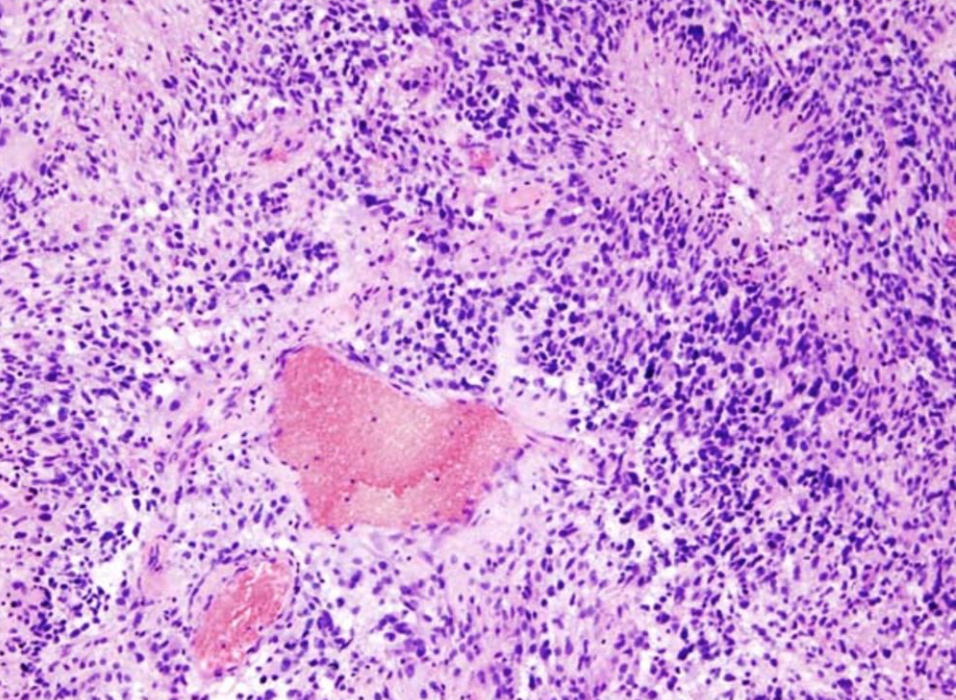Pratik Shah, Gregory Yauney, and MIT Media Lab researchers have developed an AI model that could make glioblastoma chemotherapy regimens less toxic but still effective. It analyzes current regimens and iteratively adjusts doses to...
Monthly Archives: August 2018
Wrist wearable measures blood counts, bacteria, air particles
Rutgers scientists Mehdi Javanmard and Abbas Furniturewalla have developed a wrist wearable that can count particles, including blood cells, bacteria, and organic or inorganic air particles. Red blood cell counts can indicate internal bleeding. High or...
Hydrogen peroxide sensor to determine effective chemotherapy
MIT’s Hadley Sikes has developed a sensor that determines whether cancer cells respond to a particular type of chemotherapy by detecting hydrogen peroxide inside human cells. The technology could help identify new cancer drugs that...
Sensor could continuously monitor brain aneurysm treatment
Georgia Tech’s Woon-Hong Yeo has developed a proof of concept, flexible, stretchable sensor that can continuously monitor hemodynamicswhen integrated with a stent like flow diverter after a brain aneurysm. Blood flow is measured using capacitance changes....
Continuous blood pressure monitoring glasses
Microsoft’s Glabellaglasses, developed by Christian Holz and Edward Wang, will have integrated optical sensors that take pulse wave readings from three areas around the face, according to their recently granted patent. Blood pressure is...
Wearable sweat sensor measures cortisol levels
Stanford’s Alberto Salleohas created a patch that continuously monitors cortisol levels in sweat. Potential uses include sports performance measurement, early disease detection, adrenal and pituitary gland monitoring, and evaluating the emotional state of young...
Wearable acoustic sensors track fetal cardiac activity, skeletal development
Acoustic sensors are increasingly used in monitoring fetal health. Imperial College’s Niamh Nowlan is using low cost, non-transmitting accelerometers and acoustic sensors to continuously track fetal movementto understand skeletal development. Acoustic sensors enable discrimination between the...






